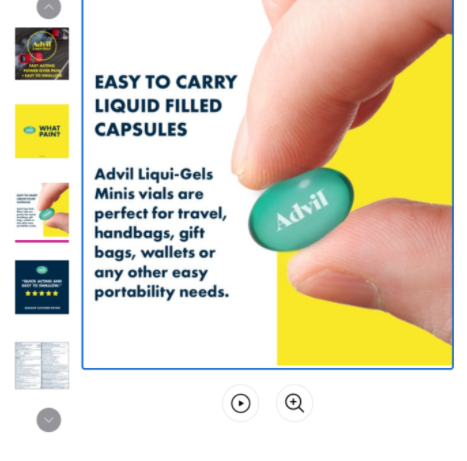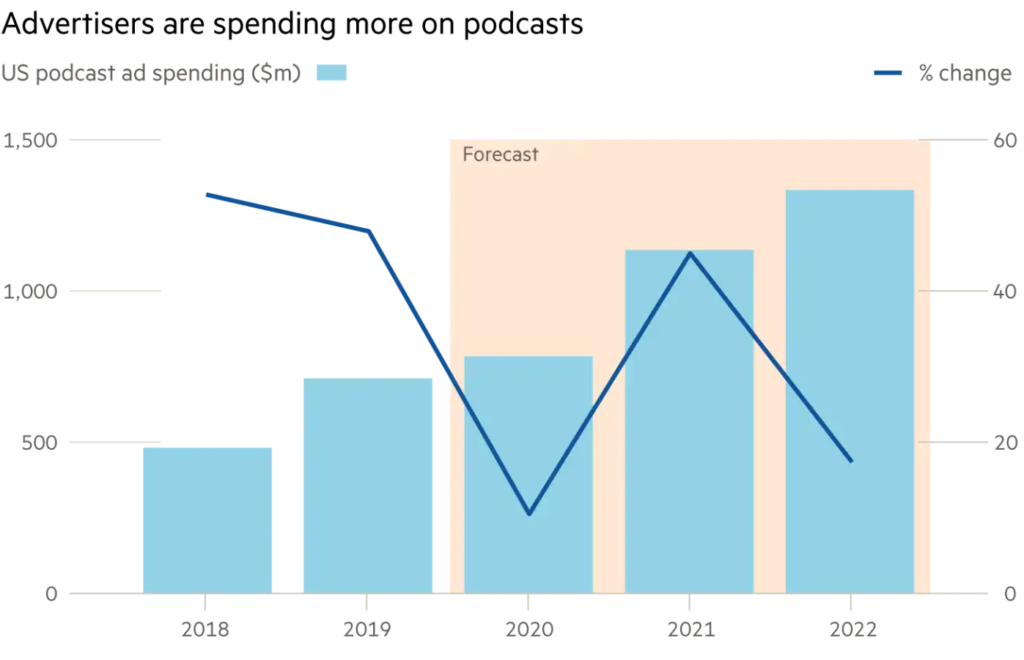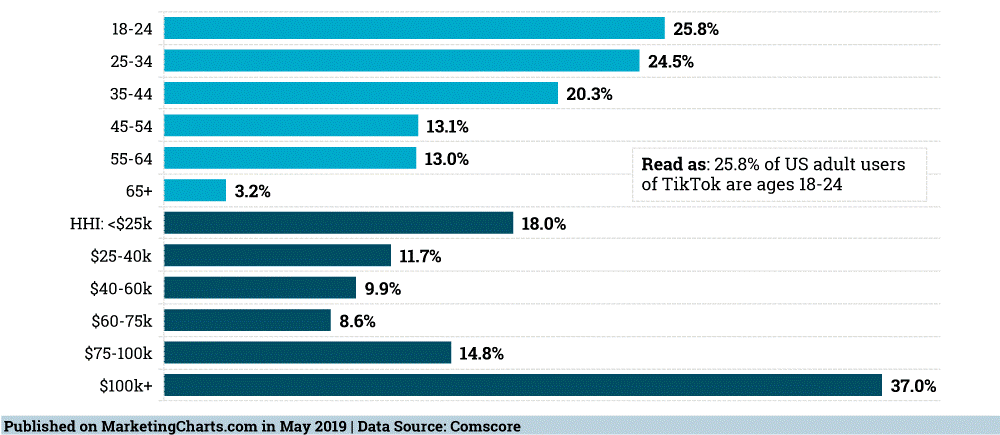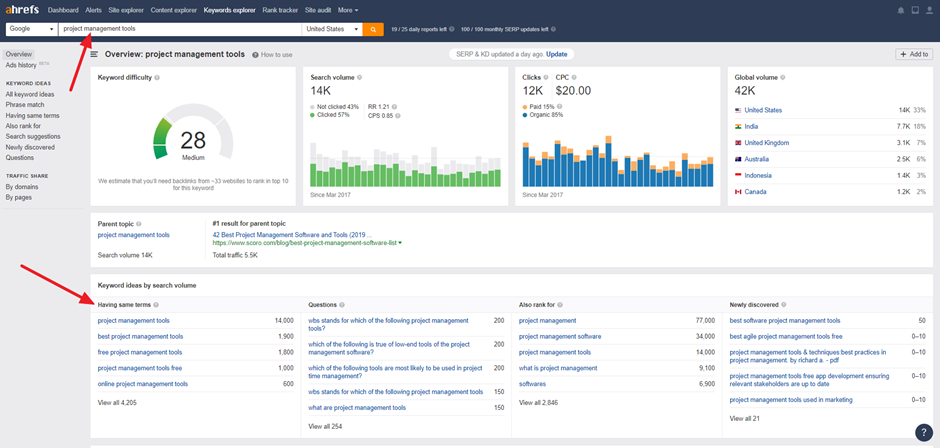Many interesting and important updates have been introduced by Amazon in the last 12 months and one of those is Sponsored Display Ads. Now that this ad type accessible to sellers, it is important to discuss the potential it has for advertisers.
What is Amazon Sponsored Display Ads?
Amazon Sponsored Display is a self-service display advertising solution that helps you grow your business and brand on Amazon by engaging shoppers across the purchase journey, on and off Amazon.
While Amazon offers a variety of advertisement products to give you control over who or what your ad is targeting (as well as where your ad can appear), Amazon Sponsored Display Ads are a unique remarketing advertisement product that allows you to show your ad to consumers who have previously viewed your product or similar products, used search terms relevant to your product, or purchased from you.
Although Sponsored Product Ads and Sponsored Brand Ads use keywords to target audiences, Sponsored Display Ads use Amazon’s audience demographics data to target audiences based on their shopping behavior. These audiences may be in the market to buy your product because they viewed your product, similar products, or relevant categories.
Below is a simplified campaign structure of Sponsored Display Ads with available targeting methods.

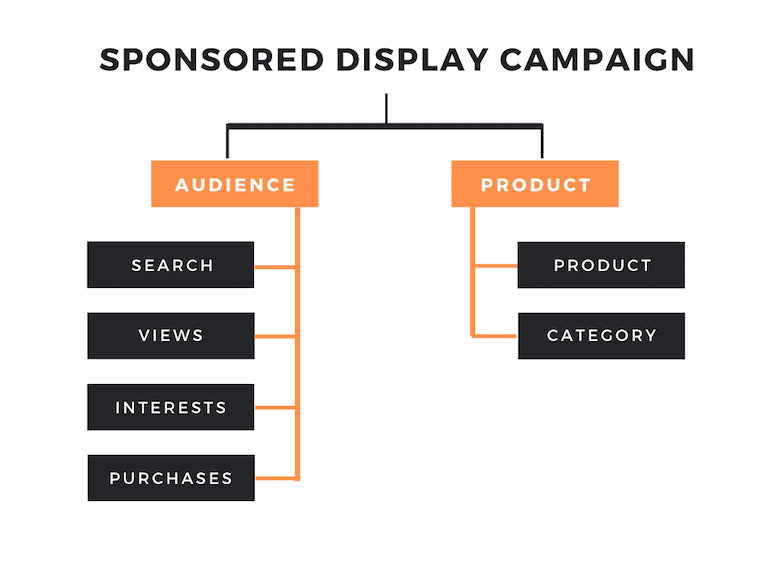
 Source: Ppchero.com
Source: Ppchero.com
Where Sponsored Display ads are available
It is available to professional sellers enrolled in Amazon Brand Registry, Vendors, and Agencies with clients who sell products on Amazon. Marketplaces covered so far by this ad type are :
- In North America: US & Canada
- In Europe: France, Italy, Germany, Spain & UK
- In the Middle East: UAE
- In Asia, Pacific: India & Japan.
Where do you find Amazon Sponsored Display Ads?
While Sponsored Display Ads usually found under the right sidebar’s buying options. Nonetheless, the placement of Sponsored Display Ads can appear on:
- Product detail pages on desktop and mobile
- Customer review pages
- Top of the offer listing pages
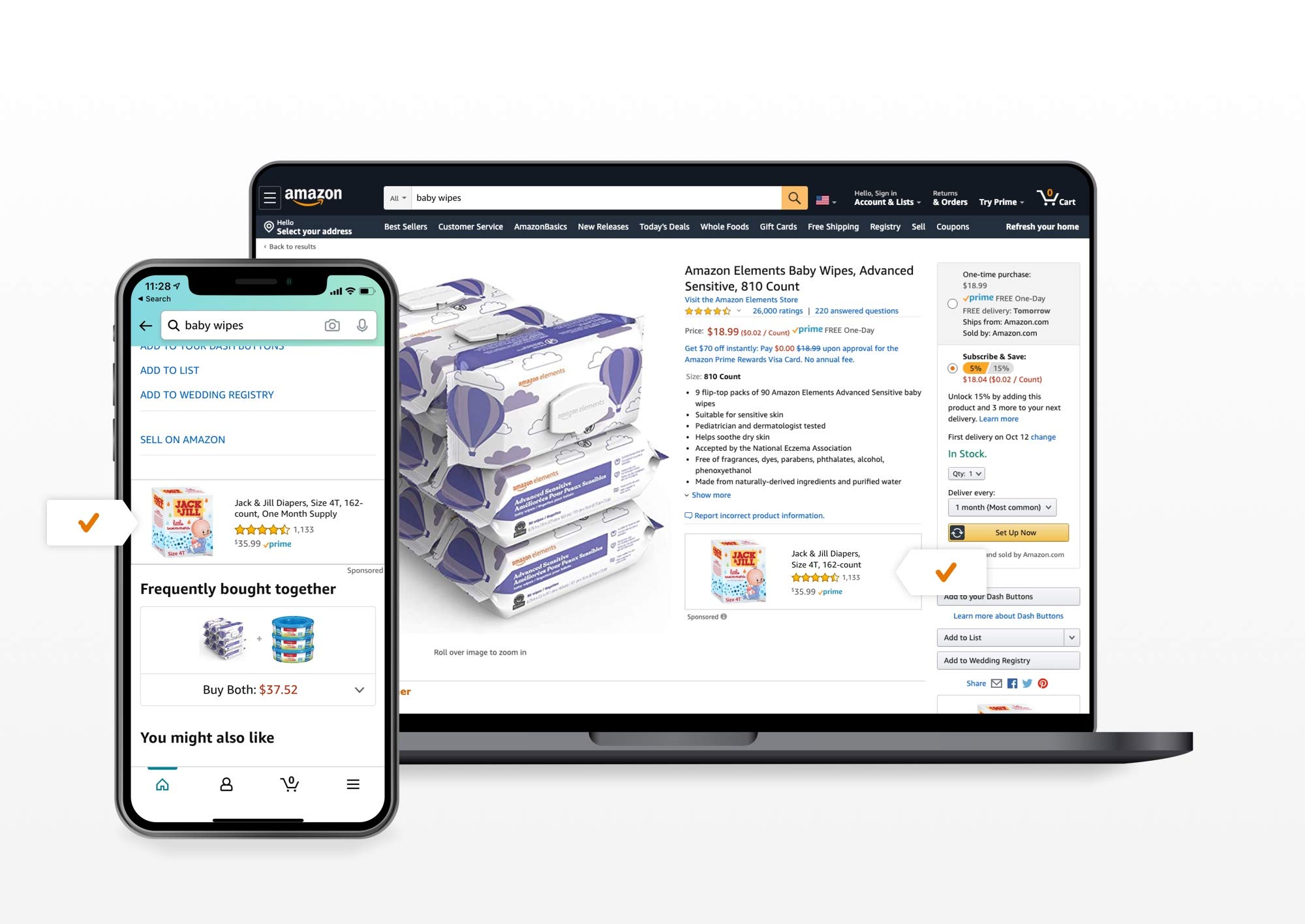


Source: Amazon
Sponsored Display Ads are also unique in that they can appear outside of Amazon. They can be on any website owned by or partnered with Amazon and are usually in the form of banner ads.
Why use Sponsored Display Ads?
Amazon Sponsored Display Ads are an absolute must-have if one of your major goals is boosting your impressions. This is key to helping you springboard from being an industry newcomer to an established player.
- Increase brand awareness in your niche: Your brand will gain the deserved awareness and attention in its niche thereby attracting more customers and driving sales.
- Bring traffic to a product’s details page: Since you need high traffic to gain more leads, the frequency of visits to your product details page will be greatly increased.
- Place your best product under your competitors’ listing: By enlisting your best product with that of your competitors’, you gain the advantage of the exposure and its attendant positives.
- Boost exposure for new product listings: Your product listing gains a lot of exposure and as a result increase in patronage.
- Help grow your on-Amazon business: Reach relevant audiences who are browsing, discovering, or purchasing products on or off Amazon with ads that may appear on the Amazon home page, product detail pages, or shopping results pages as well as third-party websites and apps.
- Access self-service display advertising: Simple campaign creation and automatically generated creatives help you quickly and easily create display ads that deliver results—no matter your budget size.
- Control costs with retail-aware CPC ads: Sponsored Display ads only show when your products are in stock and the Featured Offer, and you only pay when customers click on your ads. Control how much you spend by setting your budget and bid per click.
How much does Sponsored Display advertising cost?
Sponsored Display ads are purchased on a cost-per-click (CPC) basis. There is no minimum ad investment required. Advertisers choose their daily bid and budget. Bids automatically adjust based on the likelihood of conversion, while still allowing you to change your bid or pause your campaign.
How to Create Sponsored Display Ads on Amazon
Step 1: Open Campaign Manager.
Step 2: Click “Create Campaign.”
Step 3: Select Sponsored Display from the campaign type listed.



Source: Amazon
Step 4: Pick a product to advertise.
Step 5: Choose which of your products you would like to advertise, you will be able to set a CPC bid.
Step 6: Set your campaign name, budget, and duration.
Step 7: Preview the ad.
Step 8: Submit the campaign.
After following through on these steps, your ad is automatically created and will appear on or off Amazon, depending on the targeting strategy.
How to measure your campaign results
Advertisers can use the same familiar campaign metrics available for sponsored ads, including ACOS (advertising cost of sales), orders, detail page views, and glance views. Advertisers will soon see additional Amazon Advertising display metrics.
What are the Sponsored Display targeting options?
These ads offer three targeting options with their availability varying by targeting type.
- Product targeting
- Audience remarketing
- Interest targeting.
Audience Targeting with Sponsored Display Ads
Rather than targeting keywords as you do with Sponsored Brands and Sponsored Products, Sponsored Display has targeting based on audiences. There are four basic types of remarketing audiences with Sponsored Display ads: views, searches, interest, and purchases.



Source: Amazon
Search remarketing
Search remarketing gives you the ability to target people who have searched for keywords related to your product in the past 30 days but haven’t specifically seen your product or made a purchase. Rather than the usual cost-per-click (CPC), the bidding is based on cost per 1,000 impressions (CPM). Also, search targeting gives you the potential to drive low your ACOS because it counts view-through orders. It is available to Vendors as well as Sellers enrolled in Amazon Brand Registry.
Purchases remarketing
Purchases remarketing targets people who have purchased from you in the past. Bidding here is also based on CPM. This is most suited for consumable products and while it has the smallest audience by far, it’s a great tool for increasing your customer lifetime value. It runs off the Amazon platform and is available to vendors as well as sellers enrolled in Amazon Brand Registry.
Views remarketing
Views remarketing allow you to target people who have viewed your products in the past 30 days but have not purchased from you. It also allows you to create multiple ad groups within a campaign and suggests products to create ads based on the last 28 days’ traffic on those product pages. It is CPC-based, run entirely off-platform, and available to vendors as well as sellers enrolled in Amazon Brand Registry.
Interests remarketing
Interests remarketing targets shoppers who have browsed or visited the detail page of products that fall within a specific interest segment in the past 90 days. It runs on and off the Amazon platform, CPC-based, and only available to vendors.
Sponsored Display Ads as a retail aware
Sponsored Display ads are retail aware, so they only show when your products are in stock and the Featured Offer. The ads will automatically stop serving if your products are out of stock or not the Featured Offer. Sponsored Display remarketing strategies exclude audience segments who have already bought advertised products, and our machine learning algorithms will adjust bids to account for delivery promises.
Tips on how to structure your Amazon Sponsored Display Audiences
- Start with views remarketing, then searches, then purchases when structuring your Sponsored Display Ad campaigns. This is because views remarketing will have by far the largest audience.
- Create a separate campaign for each because you can only use one form of targeting per campaign.
- Give descriptive names to your campaigns so you know exactly what audience you’re targeting when you’re analyzing at the campaign level.
- Put each product in each Sponsored Display campaign if you only have a handful of products.
- Do not put products with huge differences in conversion rates together in the same campaign.

